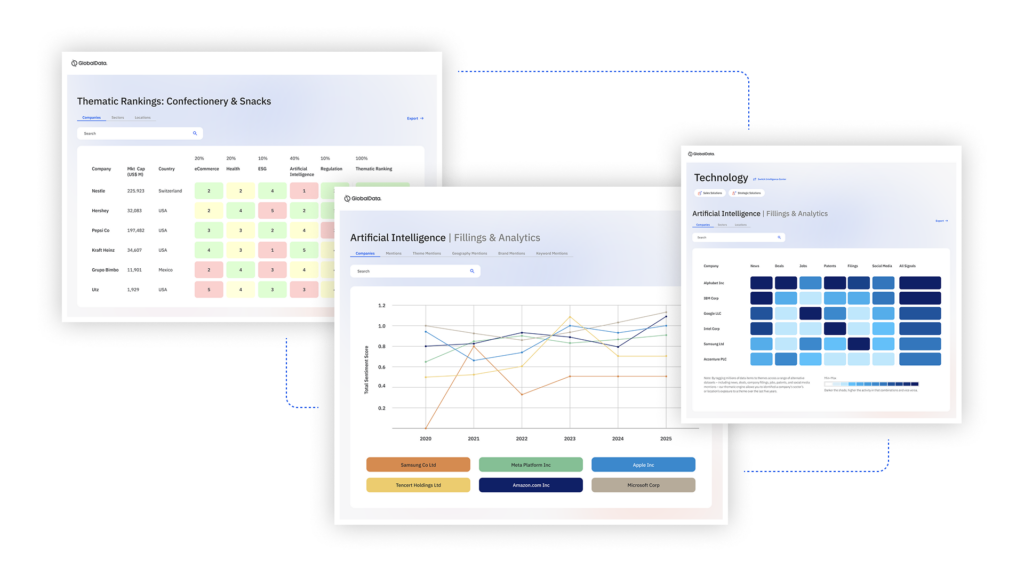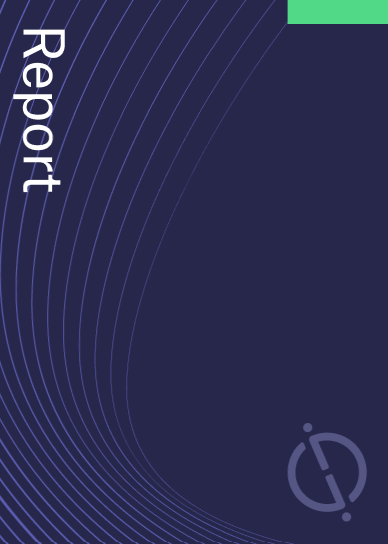The global population is ageing at an unprecedented pace. Advances in healthcare, better living conditions and declining birth rates have significantly extended life expectancy. Consequently, the proportion of elderly individuals is rapidly increasing in many nations. This demographic transformation brings both challenges and opportunities, particularly for the medical devices industry, which plays a vital role in meeting the healthcare demands of ageing populations.
According to the United Nations, the global population aged 60 years and older is expected to double by 2050, reaching approximately 2.1 billion. In countries such as Japan, Germany and the US, the elderly already represent a significant portion of the population. Ageing is associated with a higher prevalence of chronic diseases, mobility issues and a general decline in physiological functions, all of which drive the demand for medical devices. The increase in age-related conditions such as cardiovascular diseases, osteoporosis, diabetes and neurodegenerative disorders such as Alzheimer’s disease and Parkinson’s disease is fuelling the need for specialised medical technologies. Medical devices tailored to diagnostics, treatment and patient management are essential in helping elderly individuals maintain their quality of life and independence.
The ageing population has a profound influence on the medical devices industry in several key areas, including a growing demand for assistive and mobility devices such as wheelchairs, walkers and prosthetics. The early detection and diagnosis of age-related diseases are crucial to improving health outcomes, so there is a growing demand for advanced diagnostic imaging equipment such as magnetic resonance imaging, computer tomography and ultrasound machines.
There is also a growing preference for “ageing in place” rather than in institutional care, which has driven demand for home-based medical devices. Technologies such as remote patient monitoring systems, wearable health trackers and smart home healthcare solutions are becoming increasingly popular. Devices that enable real-time monitoring of vital signs, fall detection and medication adherence help seniors manage their health conditions more effectively while reducing hospital visits.
According to GlobalData forecasts, more than 2.2 million diagnostic respiratory devices (such as spirometers, sleep apnea diagnostic systems, exhalation monitors, pulse oximeter systems and peak flow monitors) will be installed for patients at home in the US by 2028. This is set to grow at a compound annual growth rate of 5.4% to exceed 2.9 million devices by 2033.
While the ageing population creates significant opportunities and growth for certain areas of the medical devices industry, it also brings challenges such as a shortage of healthcare professionals. With fewer doctors, nurses and caregivers available, elderly individuals may experience longer wait times for medical appointments, surgeries and emergency care. This can lead to delayed diagnoses and treatments, as well as worsening health conditions. As professional healthcare workers become scarce, families may have to take on more caregiving responsibilities. This can be physically, emotionally and financially draining, especially for individuals who are balancing jobs and caregiving duties.

US Tariffs are shifting - will you react or anticipate?
Don’t let policy changes catch you off guard. Stay proactive with real-time data and expert analysis.
By GlobalDataThe ageing population will continue to have a significant impact on the medical industry, including driving growth in various therapy areas. However, without adequate care or enough devices to manage a growing elderly population, the medical industry may face a number of consequences.






